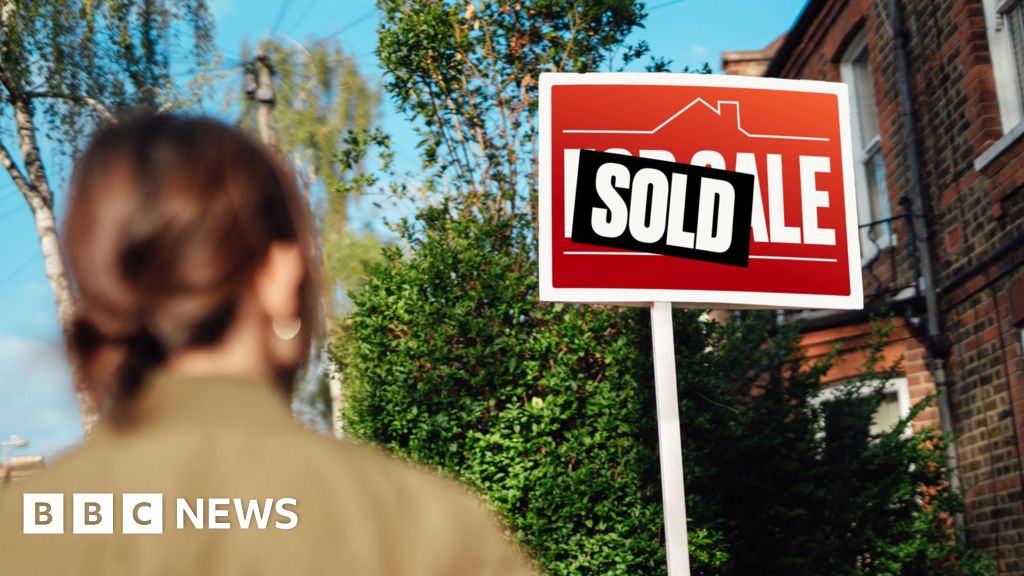ARTICLE AD BOX
 Image source, Getty Images
Image source, Getty Images
By Kevin Peachey
Cost of living correspondent
Workers will see their National Insurance (NI) payments cut from Saturday but frozen thresholds mean many are paying more in income tax.
The NI rate is falling from 10% to 8% for 27 million employees across the UK - the second such cut this year.
It is worth about £450 a year to an employee on an average salary of £35,000.
But a freeze in income levels at which tax is paid until 2028 will leave many with a higher income tax bill.
Many benefits are rising in line with prices, and the state pension is also set to increase. But this comes after a slew of household bills became more expensive at the start of the month.
So, the financial impact can differ significantly - depending on whether people work, how much they earn, and other personal circumstances.
'A big difference'
A fixed percentage of the money people earn from their wages is deducted in NI.
Since 6 January, millions of employees have been paying 10% on their earnings between £12,571 and £50,270. They previously paid 12%. From Saturday, they will be paying 8%.
Your device may not support this calculator
Among those who have welcomed the cut is part-time teacher Beth Langton-Clarke, who said the money could help to pay for a family holiday.
"It has been tough," she said. "But this will make a big difference."
She said the family finances could be improved by about £800 a year as a result of the change.
Mrs Langton-Clarke says finances have been stretched
But she said it had come after they had cut back on spending - particularly food - and constantly telling the children they would be going on fewer outings owing to rising costs.
"It would be nice to put some money into savings again. It has been a while," she said.
For the self-employed, NI contributions on all earnings between £12,570 and £50,270 are being cut from a rate of 9% to 6%.
Pensioners will not benefit from the reduction, because those over state pension age do not pay NI. However, from Monday, the state pension will go up by 8.5%.
Some pensioners, and families like the Langton-Clarkes, are not simply receiving a tax boost. That is because of the continued freeze on income tax thresholds - a factor known as fiscal drag.
The start of April would normally see the income thresholds at which different bands of tax are paid going up in line with prices.
However, government policy means this has not happened with income tax since 2021 and, under current plans, the freeze will continue until 2028.
The result is more people paying tax and more people paying higher rates of tax than would otherwise have been the case.
Combining the impact of the thresholds freezes and the NI cuts, independent think tank the Institute for Fiscal Studies (IFS) estimates that for every £1 given back to workers (including the self-employed) this year by the NI cuts, £1.30 will have been taken away due to the threshold changes between 2021 and 2024, with this rising to £1.90 in 2027.
Income is significant
There are winners and losers from the tax changes. The average earner on about £35,000 has benefitted more from the cut in NI than the hit from frozen tax thresholds.
However, the very top earners have seen their taxes rise owing to changes in tax policy.
Meanwhile, fiscal drag - as well as rising minimum pay rates - mean somebody working 35 hours a week on the minimum wage is now having to pay tax on almost £8,300 of their earnings. Last year it would have been £6,400.
Similarly, it is estimated that 1.6 million pensioners will be drawn into paying tax by 2027-28.
Scotland has different tax bands to the rest of the UK.
A range of benefits received by millions of people, such as universal credit, are rising by 6.7%, in line with the rate of rising prices (as of September).
Benefits are fully devolved in Northern Ireland, but changes will be similar to those for the rest of the UK.

 9 months ago
72
9 months ago
72








 English (US) ·
English (US) ·